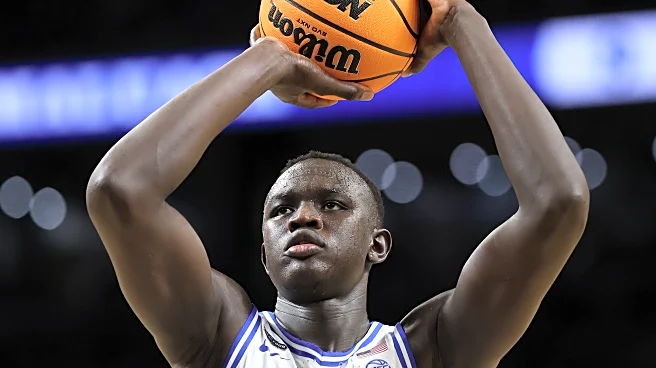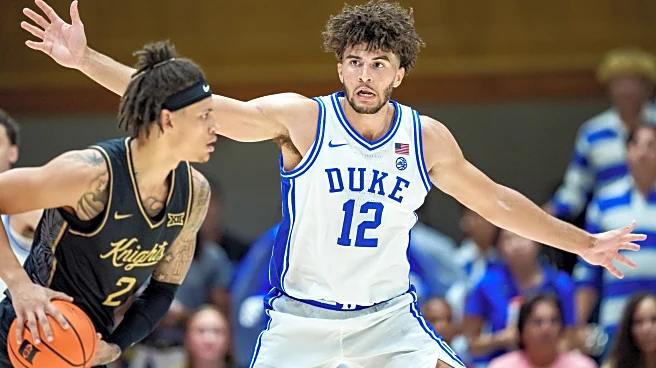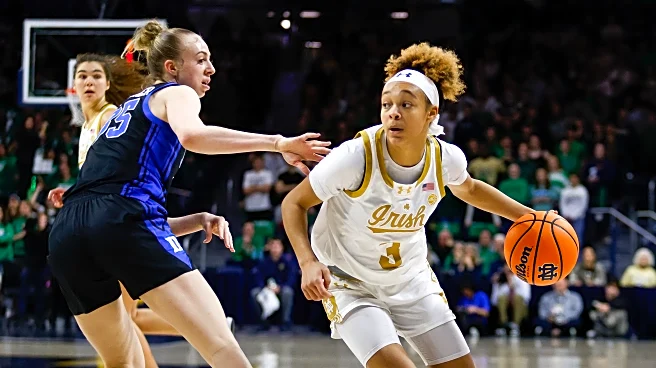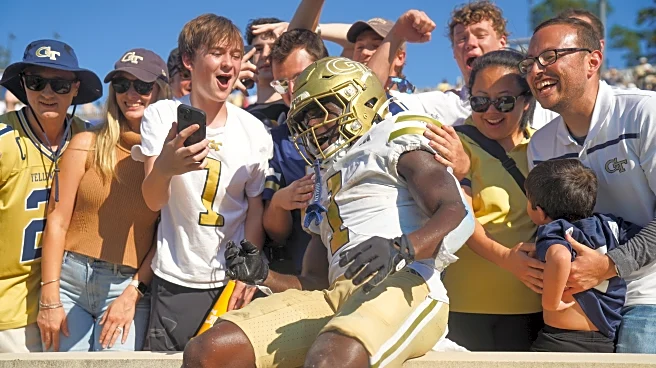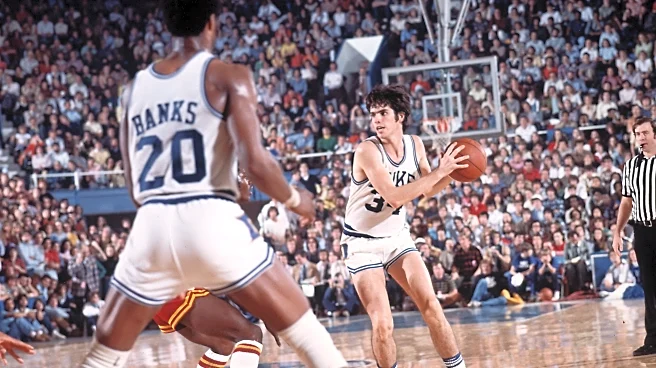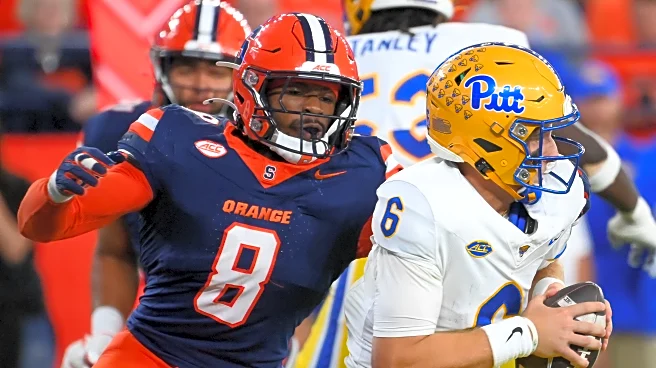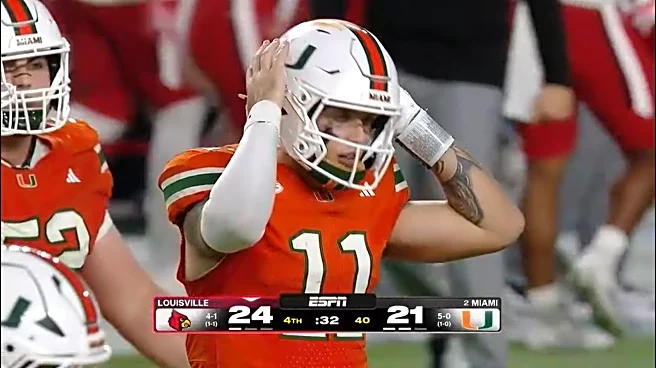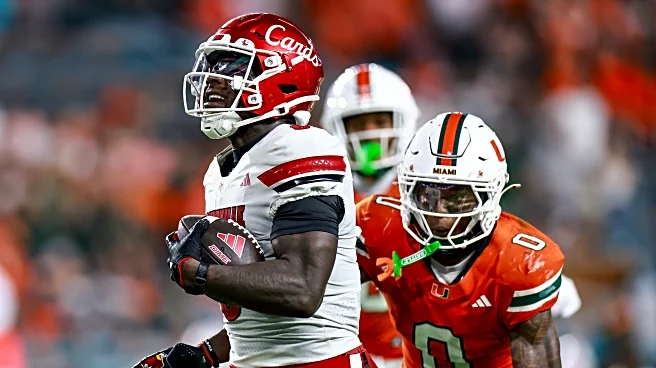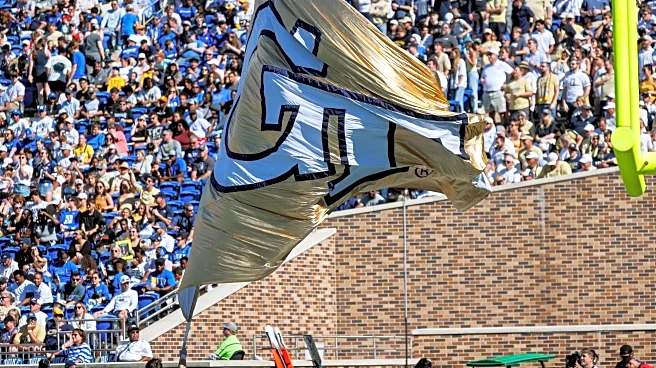Something has changed.
Maybe we just hadn’t noticed because Billy Packer isn’t around to point it out. With him went a good, overarching grasp of the college game and an incisive and opinionated perspective
on how the game was evolving.
For more than three decades Packer focused his TV commentary – much of it ACC based — on trends and strategies. The sobriety and applicability of his analysis, like Dan Bonner’s or Jay Bilas’ today, was Packer’s schtick.
Sure, the former Wake Forest point guard (1959-62) irritated a lot of people, was an ace second-guesser, and made the occasional offensive remark now much in fashion about groups of people (women, foreigners). But he also drew attention to basketball matters worthy of notice.
If the career .819 foul shooter was still around – Packer retired in 2008 and died in 2023 – he surely would have alerted us to a remarkable change within and beyond the ACC, a trait that’s remained steady and impressive even as the league adds teams.
Commentators, Packer among them, long ragged on modern athletes’ lack of fundamental skills, like failure to use two hands to catch the ball. He frowned on unreliable form when attempting uncontested shots from a proscribed, stationary spot on the court. That’s a free throw, one of the game’s most basic, vanilla skills.
While all sorts of measures and moves have changed over the years, the free throw line has remained the same 15 feet from the front of the basket. The size of the shooter doesn’t matter, nor his or her athleticism beyond some basics of strength and coordination.
Regardless of individual, team, and national circumstances, men’s free throw accuracy has never been better across the ACC. Even the worst foul shooting aggregates hover around the .700 mark we were taught was considered acceptable squad-wide efficiency.
The worst ACC free throw shooting in 2025 was produced by Georgia Tech at .6874. The Yellow Jackets ranked 284th out of 355 men’s teams. Better than three-quarters of D-I squads (.776) met the .700 standard.
Within the ACC 17 of 18 teams, all but Tech, bettered .700. In 2024 it was 14 of 15 in the ACC above .700 accuracy, as was the case in 2023.
In both 2023 and last season, ACC players hit at a cumulative .742 clip from the line. In 2024 ACC teams had a combined .737 conversion rate.
One result has been the setting of new school records for free throw acuity. Last year Duke led the way with .790 accuracy, second-best ever at the school. In 2024 Wake clocked in at .795, best in school history. In 2023 Clemson set a school record for single-season free throw accuracy at .785; the ACC’s worst foul shooters that year, Virginia’s Cavaliers, still converted at a .696 rate. Just two years previously, Virginia hit at an .816 clip, best in ACC history.
From 2023 through 2025, 45 of 48 ACC teams (.938) made better than 70 percent at the line.
Amazing, when you look back to compare. As recently as 2014-15, a third of ACC teams (5 of 15) didn’t reach the .700 plateau for the season. Nearly half of the league’s teams (5 of 11) didn’t hit free throws at that level in 2005, more than half fell short in 1995 (5 of 9), and so on.
Maybe it’s time to take note of the recent improvement, rather than let it pass unremarked, and ask what’s caused the change. More year-round play? Better teaching techniques? A younger generation that fancies anything that’s free?
Last season 251 Division I men’s teams made better than 70 percent of their free throws. That’s 70.7 percent of DI squads surpassing the long-recognized standard. Next thing you know, someone will suggest moving the foul line back to make the shot more challenging.
| EARNING WHAT’S FREE Cumulative ACC Team Free Throw Efficiency, Last Decade |
||
|---|---|---|
| Season | ACC 70% | All FT% |
| 2024-25 | 17 of 18 | .742 |
| 2023-24 | 14 of 15 | .737 |
| 2022-23 | 14 of 15 | .742 |
| 2021-22 | 12 of 15 | .726 |
| 2020-21 | 11 of 15 | .725 |
| 2019-20 | 11 of 15 | .716 |
| 2018-19 | 10 of 15 | .724 |
| 2017-18 | 11 of 15 | .723 |
| 2016-17 | 11 of 15 | .723 |
| 2015-16 | 5 of 15 | .713 |
